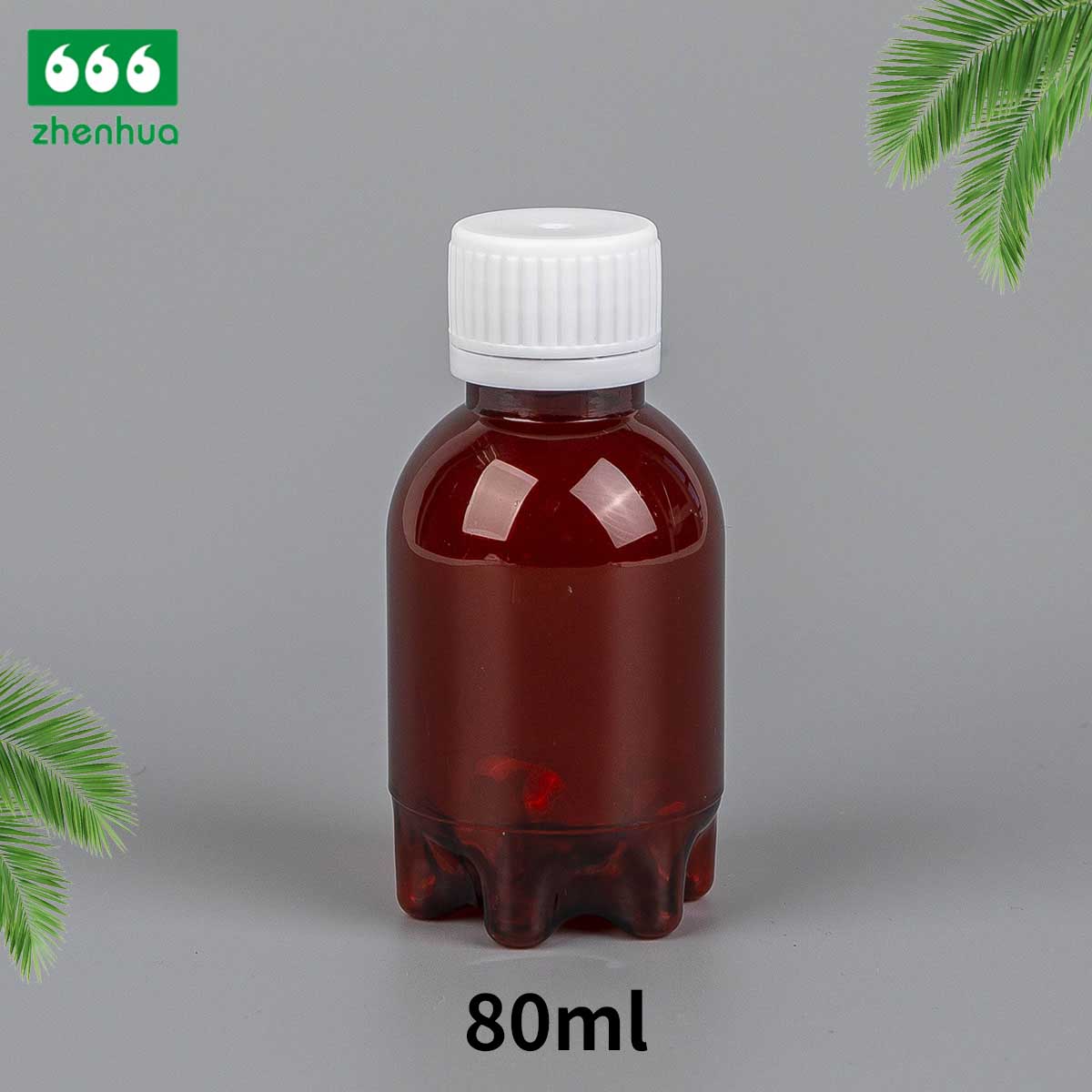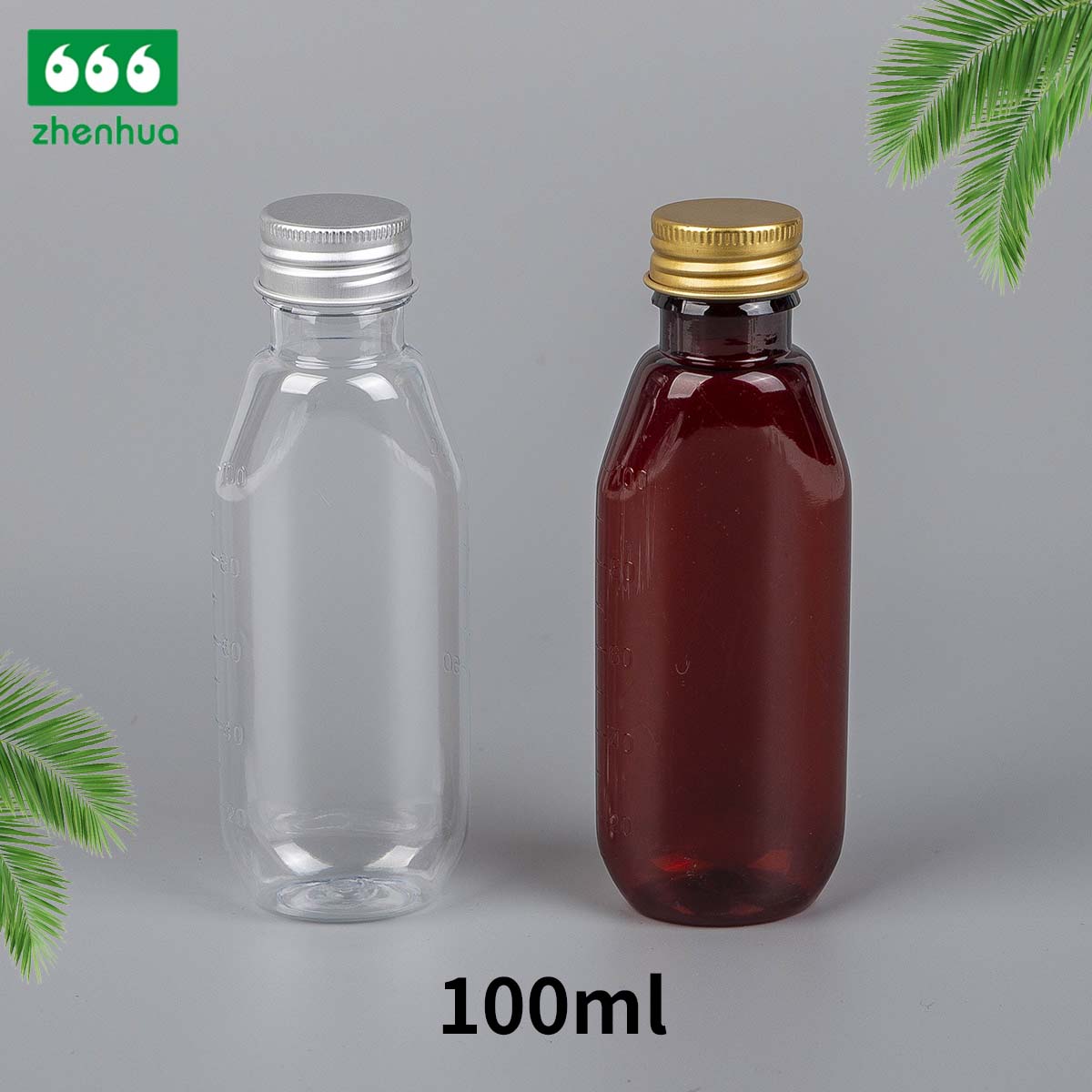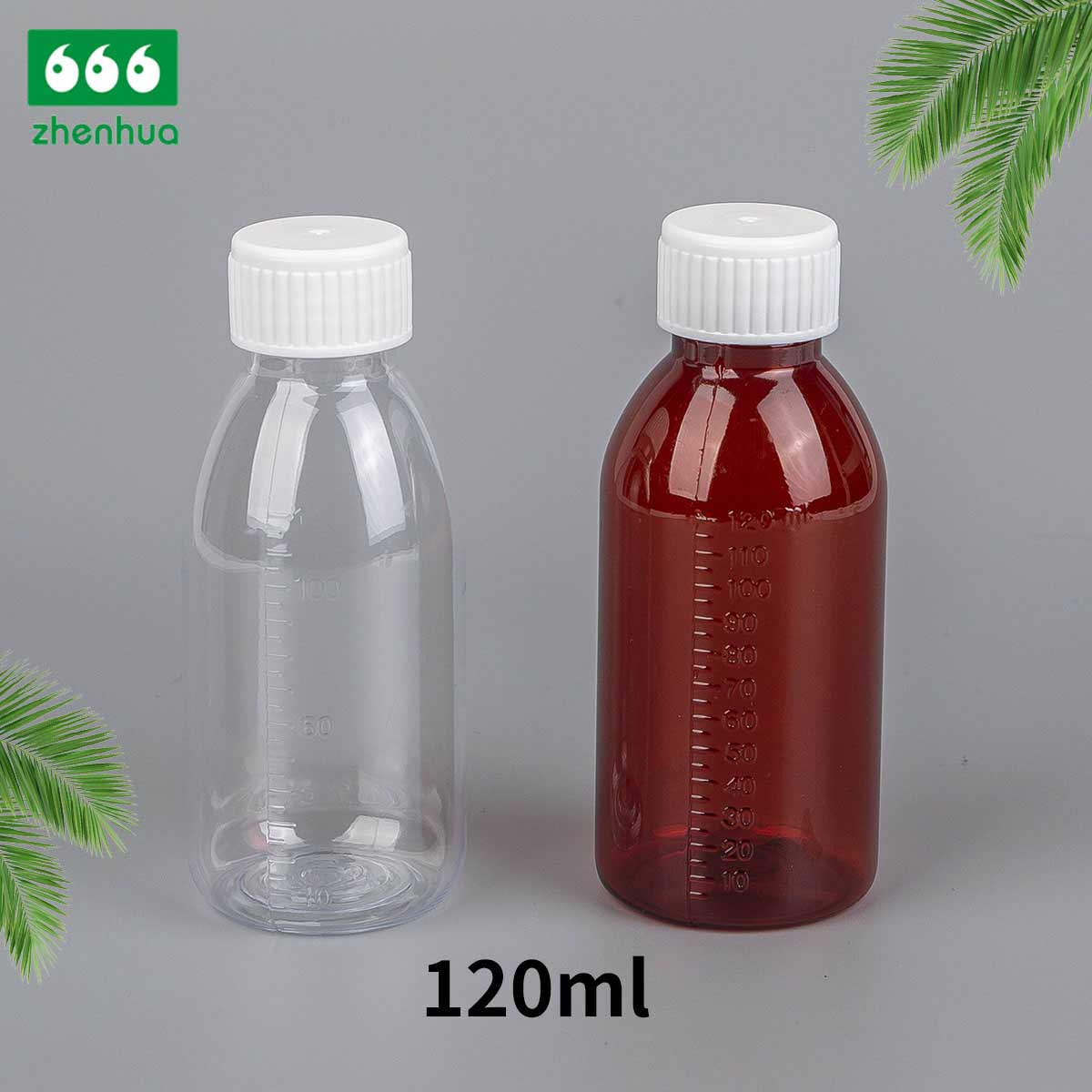The Innovations and Benefits of Plastic PET Capsule Bottles in Pharmaceutical Packaging
Date:2023-10-23
Introduction to Plastic PET Capsule Bottles
Plastic PET capsule bottles are specially designed containers for holding and dispensing pharmaceutical capsules. These bottles are crafted from PET plastic, a lightweight, durable, and highly versatile material. The design of PET capsule bottles takes into consideration the specific needs of pharmaceutical products, ensuring that medications remain safe, secure, and effective.
1. Lightweight and Portable
One of the primary advantages of plastic PET capsule bottles is their lightweight nature. PET plastic is significantly lighter than glass, which is a common alternative for pharmaceutical containers. This makes PET bottles easy to handle, transport, and store, benefiting both patients and healthcare professionals.
2. Durability and Resistance
PET plastic is known for its durability and resistance to breakage. Unlike glass, PET bottles are less prone to shattering if dropped or subjected to impact. This not only ensures the safety of patients and healthcare workers but also reduces the risk of contamination from broken glass.
3. Tamper-Evident Features
To enhance patient safety and maintain the integrity of pharmaceutical products, many PET capsule bottles are equipped with tamper-evident features. These features provide visible evidence of tampering, reassuring patients that their medications have not been compromised.
4. Moisture and Light Resistance
PET plastic offers moisture and light resistance, protecting the contents from environmental factors that could degrade the medication's potency. This is crucial for ensuring that pharmaceutical capsules remain effective throughout their shelf life.
5. Versatility in Design
PET capsule bottles come in various shapes, sizes, and designs to accommodate different quantities and dosages of pharmaceutical capsules. Their versatility in design allows for efficient storage and easy identification of specific medications.
6. Customization and Branding
Pharmaceutical companies often use PET capsule bottles as a means of branding and product differentiation. These bottles can be customized with labels, logos, and branding elements, ensuring that patients can easily identify their prescribed medications.
7. Sustainability and Recyclability
In recent years, there has been a growing emphasis on sustainability in pharmaceutical packaging. PET plastic is a recyclable material, and many pharmaceutical companies are adopting eco-friendly practices by using recycled PET (rPET) in the production of capsule bottles. This promotes environmental responsibility and reduces the carbon footprint associated with pharmaceutical packaging.
8. Cost-Effective Production
PET capsule bottles are generally more cost-effective to produce than glass containers. This cost efficiency can lead to savings for pharmaceutical companies, ultimately benefiting patients by helping to keep medication costs in check.
9. Child-Resistant Closures
Safety is a top priority when it comes to pharmaceutical packaging. Many PET capsule bottles are equipped with child-resistant closures, which are designed to be challenging for young children to open. This adds an extra layer of protection in households with children.

Plastic PET capsule bottles are specially designed containers for holding and dispensing pharmaceutical capsules. These bottles are crafted from PET plastic, a lightweight, durable, and highly versatile material. The design of PET capsule bottles takes into consideration the specific needs of pharmaceutical products, ensuring that medications remain safe, secure, and effective.
1. Lightweight and Portable
One of the primary advantages of plastic PET capsule bottles is their lightweight nature. PET plastic is significantly lighter than glass, which is a common alternative for pharmaceutical containers. This makes PET bottles easy to handle, transport, and store, benefiting both patients and healthcare professionals.
2. Durability and Resistance
PET plastic is known for its durability and resistance to breakage. Unlike glass, PET bottles are less prone to shattering if dropped or subjected to impact. This not only ensures the safety of patients and healthcare workers but also reduces the risk of contamination from broken glass.
3. Tamper-Evident Features
To enhance patient safety and maintain the integrity of pharmaceutical products, many PET capsule bottles are equipped with tamper-evident features. These features provide visible evidence of tampering, reassuring patients that their medications have not been compromised.
4. Moisture and Light Resistance
PET plastic offers moisture and light resistance, protecting the contents from environmental factors that could degrade the medication's potency. This is crucial for ensuring that pharmaceutical capsules remain effective throughout their shelf life.
5. Versatility in Design
PET capsule bottles come in various shapes, sizes, and designs to accommodate different quantities and dosages of pharmaceutical capsules. Their versatility in design allows for efficient storage and easy identification of specific medications.
6. Customization and Branding
Pharmaceutical companies often use PET capsule bottles as a means of branding and product differentiation. These bottles can be customized with labels, logos, and branding elements, ensuring that patients can easily identify their prescribed medications.
7. Sustainability and Recyclability
In recent years, there has been a growing emphasis on sustainability in pharmaceutical packaging. PET plastic is a recyclable material, and many pharmaceutical companies are adopting eco-friendly practices by using recycled PET (rPET) in the production of capsule bottles. This promotes environmental responsibility and reduces the carbon footprint associated with pharmaceutical packaging.
8. Cost-Effective Production
PET capsule bottles are generally more cost-effective to produce than glass containers. This cost efficiency can lead to savings for pharmaceutical companies, ultimately benefiting patients by helping to keep medication costs in check.
9. Child-Resistant Closures
Safety is a top priority when it comes to pharmaceutical packaging. Many PET capsule bottles are equipped with child-resistant closures, which are designed to be challenging for young children to open. This adds an extra layer of protection in households with children.

For more information, please call us at +86-0576-87142888 or email us at [email protected].
Tel:+86-0576-87142888
Email:[email protected]
Recommend
The Surge in Demand for Plastic Solid Medicine Bottles in the Pharmaceutical Industry
28 /02
The pharmaceutical industry is one of the most dynamic sectors in the global market, with innovation...
The Rise of the Plastic Spray Bottle in Consumer and Industrial Markets
21 /02
The global market for household products has seen rapid growth in recent years, driven by innovation...
The Growing Demand for Plastic Measuring Cups in the Global Market
14 /02
The global kitchenware industry has seen a steady rise in the demand for practical and affordable ki...

 en
en
 English
English 中文简体
中文简体.jpg)
.jpg)


1.jpg)









